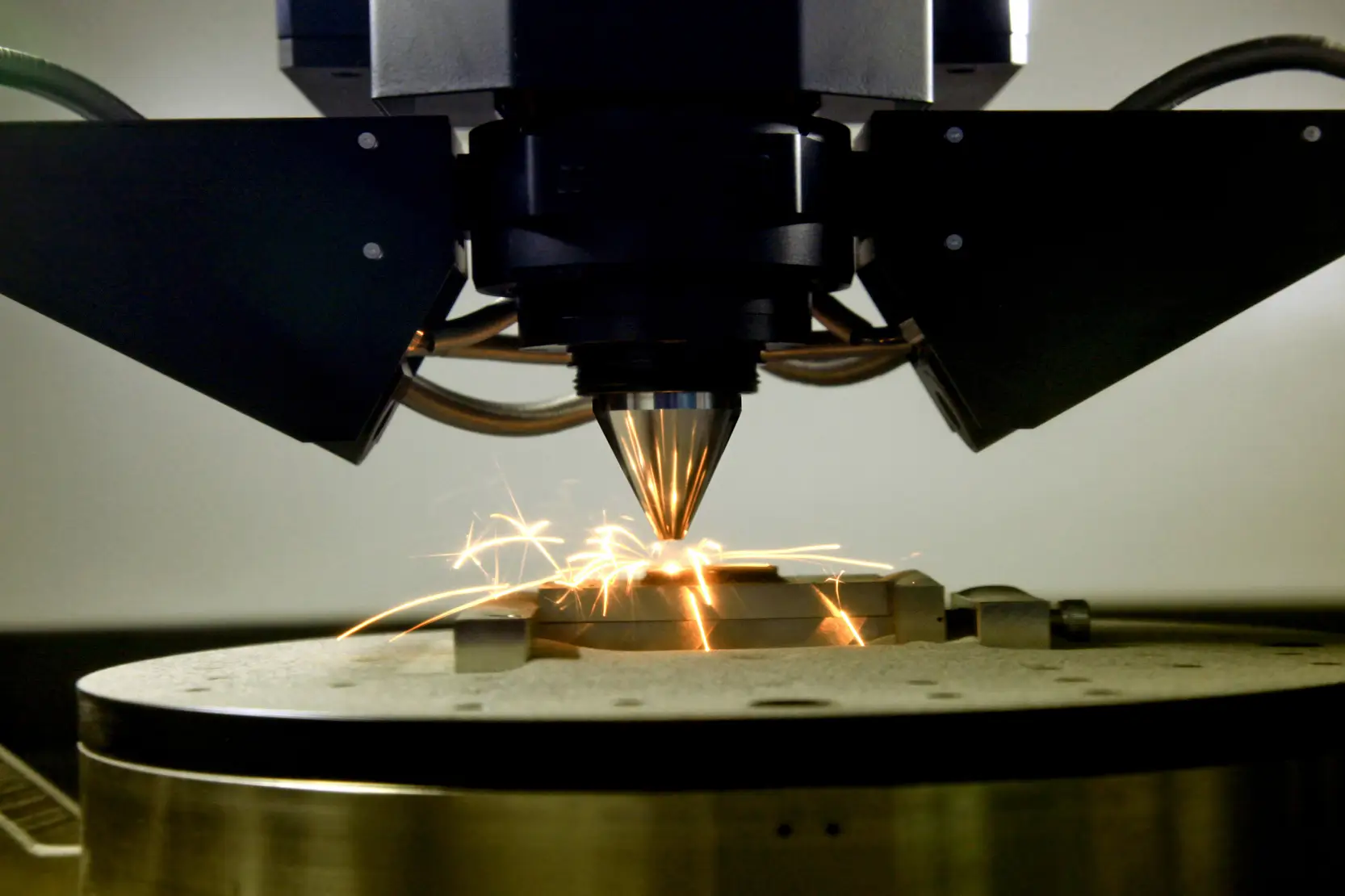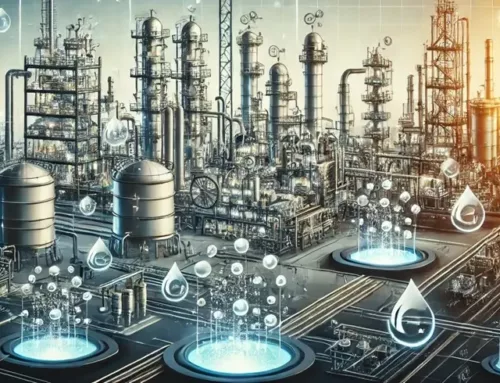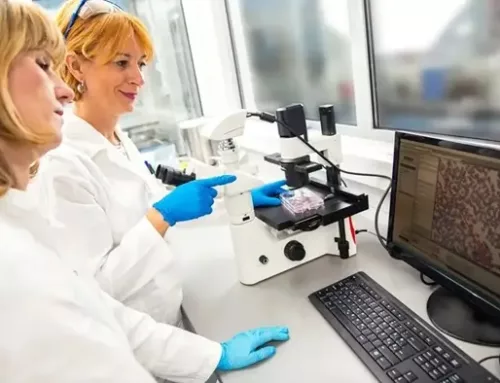
3D printing of composite materials and metal powders is evolving swiftly. This rapid advancement is set to transform the entire landscape of global manufacturing.
Indeed, 3D printing technology gives designers and manufacturers the capability to fabricate intricate, multifaceted components. These components boast unparalleled precision and durability compared to traditional casting and other manufacturing methods. As a result, this technology is revolutionizing production processes and enabling new possibilities for innovation.
The Accessibility and Evolution of 3D Printing
3D printing has become increasingly accessible, making it more cost-effective, efficient, and versatile than when first introduced. The origins of 3D printing trace back to Chuck Hull’s pioneering work in 1983. He developed the first functional 3D printing process, known as stereolithography.
Hull’s innovation used a focused UV laser to solidify thin layers of photopolymer resin, building three-dimensional objects layer by layer. Since then, 3D printing has advanced significantly, both in terms of technology and the variety of materials available. As a result, it has opened new opportunities across numerous industries.
Applications of Additive Manufacturing
The science of additive manufacturing is taking center stage. This process involves constructing components layer by layer, starting with a 3D model, often designed using computer-aided design (CAD) software. Once the model is ready, it undergoes slicing into thin layers, a critical step that enables the 3D printer to transform these digital slices into a tangible product.
From Concept to Creation
The science of additive manufacturing is taking center stage. This process involves constructing components layer by layer, starting with a 3D model, often designed using computer-aided design (CAD) software. Once the model is ready, it undergoes slicing into thin layers, a critical step that enables the 3D printer to transform these digital slices into a tangible product.
From Concept to Creation
While core 3D printing principles remain consistent, several essential steps guide the process. First, accurate calibration prepares the printer through parameter configuration and material loading. Next, the printer builds the component layer by layer with precision. Finally, post-processing completes the process, involving the removal of support materials and the enhancement of the part’s properties.
A Wide Spectrum of Applications
The applications of 3D printing span many industries. In aerospace, it accelerates prototype development and creates essential components for aircraft, spacecraft, and missile systems. The automotive industry uses it to design prototypes and complex vehicle parts.
In the medical field, 3D printing produces custom-made devices like prosthetics and implants, transforming patient care. In the consumer market, it redefines the creation of unique items, such as toys, jewelry, and home accessories.
Education and Research Impact
Education also benefits, as 3D printing fosters innovation in engineering, design, and manufacturing. It serves as a hands-on tool for teaching these disciplines. Moreover, in research, 3D printing propels advancements in materials and device development, cementing its role as an indispensable asset.
Metal Powders in 3D Printing
Stainless steel, composed mainly of iron and alloyed with chromium and nickel, stands out as a versatile choice. It is valued for its corrosion resistance and strength, finding applications in aerospace, automotive, and medical fields.
Titanium, in its pure form or as alloys like Ti-6Al-4V, is crucial in aerospace and medical industries. Its lightweight nature and biocompatibility make it ideal for medical components and aircraft parts.
Aluminum, available as pure aluminum or as alloys like AlSi10Mg, is another popular material in automotive and aerospace sectors. It is prized for its low density and strength, offering a balance of lightweight and durability.
Copper, used in its pure state or as alloys like CuCrZr, plays a key role in electronics and electrical components. Its exceptional conductivity makes it vital for electrical applications.
Nickel, both in pure form and in nickel-based alloys like Inconel, is known for high-temperature resistance. It sees extensive use in aerospace and industrial settings where heat resistance is crucial.
Cobalt-chrome alloys, such as CoCrMo, offer versatility for dental, medical, and aerospace applications. Their biocompatibility and strength make them suitable for prosthetics and high-stress components.
Tungsten, in its pure form, is chosen for parts that require high density. It is often used in aerospace and defense industries for specialized applications.
These metal powders, often produced in fine consistencies, are foundational for various 3D printing processes. Alloying elements are pivotal in defining the mechanical and chemical properties of the final printed components, enabling tailored material performance for specific needs.
Advancements in 3D Printing Technologies
In tandem with powder innovation, groundbreaking 3D printing technologies have surged to the forefront. Initially, metal powder 3D printing equipment relied heavily on laser-based techniques. Now, contemporary methods include electron beam melting and directed energy deposition.
Benefits of Modern Techniques
These avant-garde techniques offer several advantages over laser-based methods. They provide accelerated printing speeds and superior precision, significantly enhancing production capabilities. Additionally, improved software solutions, including AI integration, represent a major advancement in 3D printing equipment control.
The Role of Advanced Software
These software tools are essential for designing, optimizing, and controlling the 3D printing process. They streamline the creation of complex components and make it easier to achieve specific material properties. Consequently, these advanced software solutions are driving rapid advancements in the field.
Enabling New Possibilities
In essence, advanced software tools serve as the backbone of innovation in 3D printing. They empower engineers and designers to push the boundaries of what’s possible using new powder innovations. This capability is catalyzing the rapid evolution and increased use of 3D printing across various industries.
The Expanding Accessibility of 3D printing of composite materials and metal powders
An exciting aspect of this narrative is the increasing accessibility of 3D printing services and equipment. This broader access is leveling the playing field in metal powder 3D printing. It empowers businesses and individuals to fabricate metal parts without the need for their own costly 3D printing infrastructure. Consequently, this has made metal powder 3D printing technology more efficient, versatile, and widely available.
Diverse 3D Printing Technologies for Metal Parts
The rapidly growing 3D printing market, using metal powders and composites, has introduced a variety of impressive technologies. Each method offers unique capabilities and practical applications, reshaping metal part manufacturing with tailored solutions.
- Selective Laser Sintering (SLS): This method uses a laser to sinter powdered metal or plastic, layer by layer.
- Direct Metal Laser Sintering (DMLS): Similar to SLS, DMLS employs a high-powered laser to melt powdered metal.
- Laser Powder Bed Fusion (LPBF): LPBF utilizes a laser to precisely melt layers of metal powder, building intricate, small-scale components with high precision.
- Electron Beam Melting (EBM): A relative of LPBF, EBM uses an electron beam to melt metal powder, ideal for larger components and intricate internal structures.
- Directed Energy Deposition (DED): DED deposits metal powder onto a substrate, melting it with a laser or electron beam. It excels at producing components of various sizes and complex geometries.
- Binder Jetting: This method binds metal powder particles using a binder, followed by sintering for enhanced cohesion. It’s well-suited for economical prototypes and cost-effective parts.
3D printing of composite materials and metal powders: Choosing the Right Technique
The selection of the ideal 3D printing method depends on material and design requirements. LPBF is perfect for small, intricate parts with high precision. EBM is best for creating larger components with complex internal structures. DED shines in producing components of varying sizes and complex forms. Meanwhile, binder jetting is an excellent choice for prototyping and cost-effective manufacturing.
These diverse methodologies provide tailored solutions, advancing the world of metal powder manufacturing and meeting a broad range of industry needs.
The Promising Future of Metal Powder 3D Printing
As we envision the future, the trajectory of 3D printing for metal powders and composites appears promising. The technology is poised to continue its upward path in popularity. This growth will be driven by increasing accessibility, enhanced print and design efficiency, and unparalleled versatility.
With the capability to engineer intricate, durable components with unmatched precision, metal powder 3D printing is set to revolutionize manufacturing. It holds the potential to drive significant advancements across multiple sectors, including aerospace, medical, electronic, and automotive industries. As the technology evolves, its impact will continue to shape and redefine the landscape of global manufacturing.




